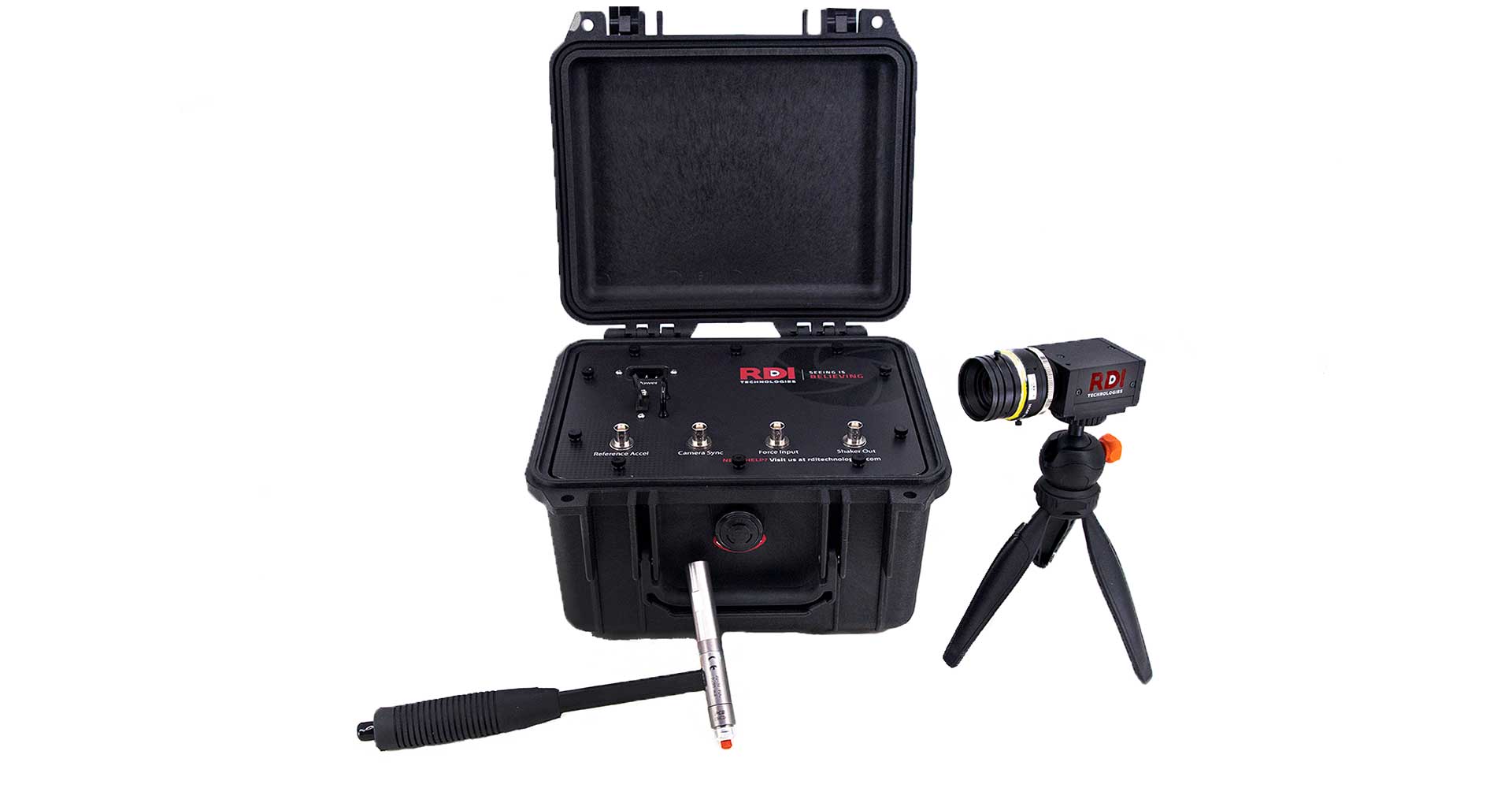
Modal analysis – what is it?
Modal analysis, is a measurement technique used in engineering and physics to study the dynamic behavior of structures, structures and machines. It involves analyzing the natural frequencies, modal forms and damping coefficients of a given system to understand its response to external forces or disturbances.
What is modal analysis?
The basic idea behind modal analysis is that every object has a set of characteristic frequencies at which vibrations persist for a certain period of time when stimulated. By determining these natural frequencies and their associated vibration forms, engineers and scientists can understand how a system will respond, to different types of excitation.
Modal analysis is often used in the design and optimization of structures such as buildings, bridges and aircraft, as well as in the development of mechanical and electrical systems. It can also be used to diagnose problems in existing systems, such as identifying the cause of vibration or noise in machinery.
Various techniques are used for modal analysis, including experimental methods such as modal testing, which involves measuring the response of a structure to given forces, and numerical methods such as the finite element method, which involves modeling a system, using mathematical equations, and simulating its response.
What does modal analysis consist of?
Modal analysis involves studying the natural frequencies, modal forms and damping coefficients of structures or objects to understand their dynamic behavior. This technique makes it possible to determine how a structure or machine, responds to external forces or disturbances, and can also help, identify potential vibration problems.
How is modal analysis performed?
Modal analysis is usually carried out in several steps:
- Define the structure/system model – an accurate model of the structure or system must be created based on its actual dimensions, shape and material properties. The model can be created from measurements or by using numerical modeling software such as the finite element method.
Choosing the type of measurement – Depending on the type of structure or system, modal analysis may require different measurement techniques, such as vibration analysis, force or deformation measurement. The appropriate measurement technique should be selected to obtain accurate results.
System excitation – to obtain the dynamic responses of a structure or system, it needs to be excited by an impulsive force or a continuous signal. The excitation can be mechanical or electrical, and the vibration of the structure/system can be measured using vibration sensors.
Data analysis – data from measurements are analyzed using various tools and techniques, such as frequency analysis, response function analysis, modal muting method and others. The results of the data analysis allow the determination of the natural frequencies, modal forms and damping coefficients of the system. - Interpretation of results – once the results of modal analysis are obtained, they need to be interpreted, in the context of specific design requirements. Modal analysis can provide information on the response of a structure/system to various excitations, detect potential vibration problems, and help optimize the design for a given application.
It is important that the performance of modal analysis is in accordance with relevant industry standards and guidelines.
More recently, the ModalAmplified™ solution provided by RDI Technologies has made it possible to significantly shorten the data acquisition process and visualize the form of vibration in an actual view of the analyzed object.
